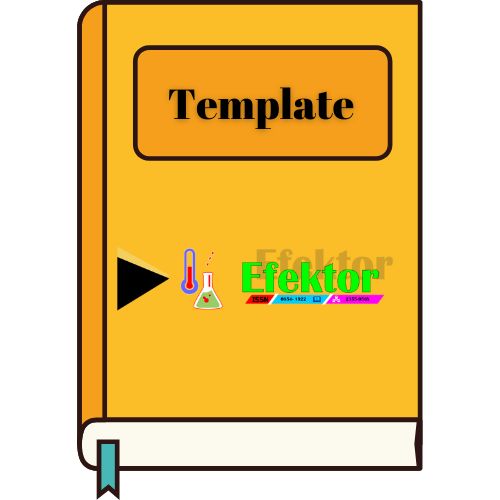Tokoh Amelia Sebagai Teladan untuk Siswa Perempuan Pendidikan Dasar
Kajian Literasi Moral dalam Novel Amelia Karya Tere Liye
DOI:
https://doi.org/10.29407/e.v6i1.12590Keywords:
Moral Literacy, Female Students, Amelia’s CharacterAbstract
Education holds a central role in the formation of the character's protégé. Through educational institutions are expected to take shape a child's intelligent and moral. Then, how if the institution was only able to give birth to a child who is smart, but not moral? This occurs because of less awareness of moral literacy. Literature as a means of teaching at the same time, the entertainer is expected to be a breakthrough to form a generation of moral literate. Amelia’s character in novel Amelia by Tere Liye can be used as a role model for female students in elementary education.
References
Gilligan, Carol., “In a Different Voice: Psychological Theory and Women’s Development., Harvard University Press, 1993.
Herman, Barbara., “Moral Literacy”, Stanford University, 1997
.
Johnson, M., “Moral Imagination”, University of Chicago Press, 1993.
Liye, Tere., “Amelia Serial Anak-anak Mamak”, Republika, 2017.
Pahl, Kate., and Rowsell, Jennifer., “Literacy and Education”, Paul Chapman Publishing, 2005.
Syahrul, Minawati., “Menanamkan Pendidikan Karakter kepada Siswa Melalui Sastra”, pada Prosiding Konferensi Internasional HISKI Universitas Negeri Yogyakarta, 144-155 (2012).
Tuana, Nancy., “Conceptualizing Moral Literacy”, Journal of Educational Administration 45 (4), 364-378 (2007).
Wellek, Rene., and Werren, Austin., “Teori Kesusastraan”, Gramedia, 2016.
Downloads
Published
Issue
Section
License
Authors who publish with this journal agree to the following terms:
- Copyright on any article is retained by the author(s).
- The author grants the journal, the right of first publication with the work simultaneously licensed under a Creative Commons Attribution License that allows others to share the work with an acknowledgment of the work’s authorship and initial publication in this journal.
- Authors are able to enter into separate, additional contractual arrangements for the non-exclusive distribution of the journal’s published version of the work (e.g., post it to an institutional repository or publish it in a book), with an acknowledgment of its initial publication in this journal.
- Authors are permitted and encouraged to post their work online (e.g., in institutional repositories or on their website) prior to and during the submission process, as it can lead to productive exchanges, as well as earlier and greater citation of published work.
- The article and any associated published material is distributed under the Creative Commons Attribution-ShareAlike 4.0 International License













